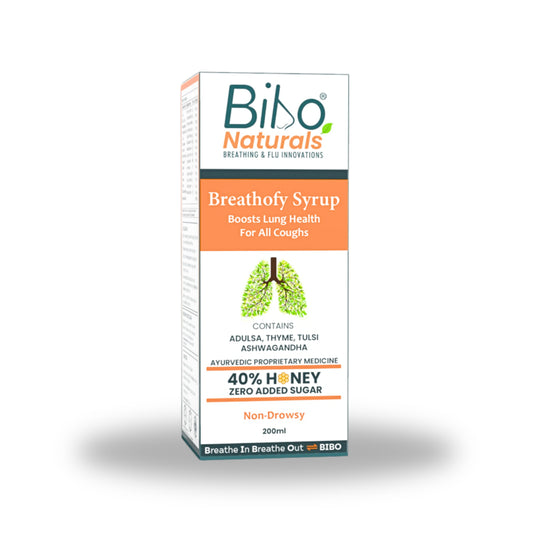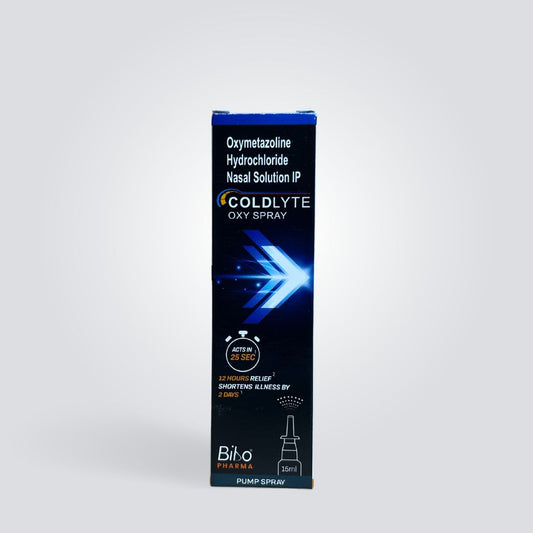
We all have used Cayenne pepper to spice up our food. But can this spice act as a medicine?
Well, let’s see to it in this blog.
Is cayenne pepper used just as a spice?
Cayenne pepper is traditionally used as a spice, but it has many health benefits. In Ayurvedic medicine, Cayenne pepper is known as a herb with many medicinal benefits. We have two types of cayenne pepper. i.e., green and red pepper.
Cayenne pepper contains many active components, such as capsaicin, 6,7-dihydrocapsaicin, homocapsaicin, alpha- and beta-carotene, etc., which are responsible for various medicinal properties. It is also a source of vitamins like A and C.
Respiratory health benefits of cayenne pepper
The main components of Cayenne pepper that are beneficial in respiratory conditions are Capsaicin and Beta-carotene.
Capsaicin helps to stimulate nasal secretions and protects the mucus membranes of the respiratory tract. It helps to relieve nasal and sinus congestion, blocked nose, chest congestion, cough, asthma, bronchitis, and other respiratory infections.
Cayenne pepper is a good source of beta-carotene. Beta-carotene has great effects on reducing symptoms of asthma. It helps in developing healthy mucus membranes in the nasal passages, sinuses, lungs and respiratory tract. It prevents pathogens from entering the nasal cavity and increases immunity against various infections.
It reduces nasal hypersensitivity to various allergens. Therefore, it can be used to ease the symptoms of rhinitis.
Cayenne pepper acts as an excellent decongestant and expectorant due to the presence of capsaicin and beta-carotene. It also has anti-inflammatory properties, which help in reducing the swelling in the nasal passages and helps in easy breathing.
Various studies suggest the positive health benefits of capsaicin, such as improvement in nasal congestion, sinus pain and pressure, headache, and stimulation of the nasal secretions to protect the mucosal membrane. It helps to clear the thick mucus and open the airway.
A study shows that topical intranasal capsaicin spray can help to reduce the symptoms of nasal polyposis.
How to use it?
- Cayenne pepper can be included in your tea. As it is a great source of beta-carotene, it helps in reducing the symptoms of asthma and bronchitis. Cayenne pepper tea is also beneficial in treating colds and flu.
- Gargling with cayenne pepper tea with a pinch of natural rock salt can effectively manage sore throat.
- Many nasal sprays are available with capsaicin. It is helpful in managing nasal polyps, sinusitis and other upper respiratory infections.
- Cayenne pepper can be taken as a food spice or inhaled by adding capsaicin drops to a steam inhaler.




